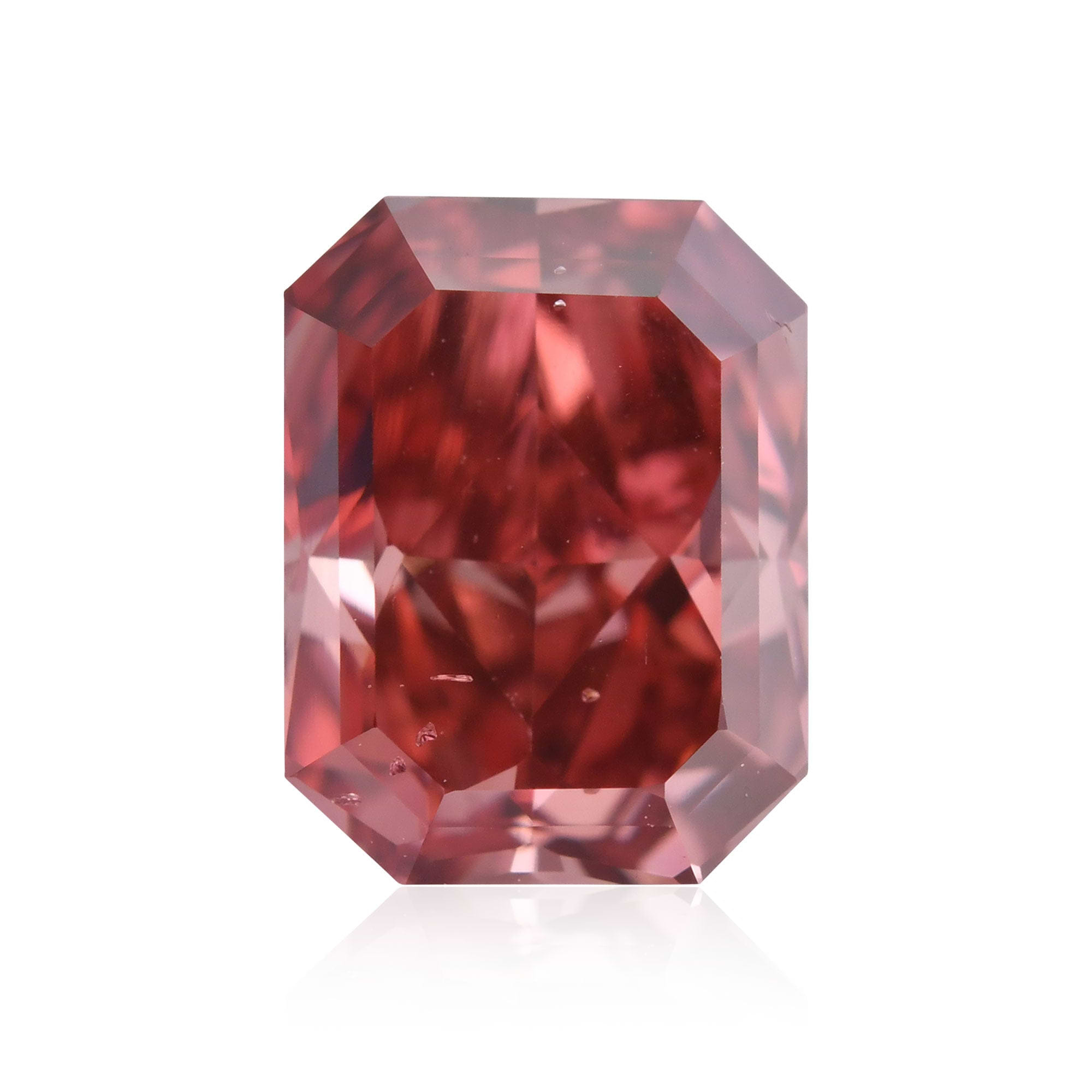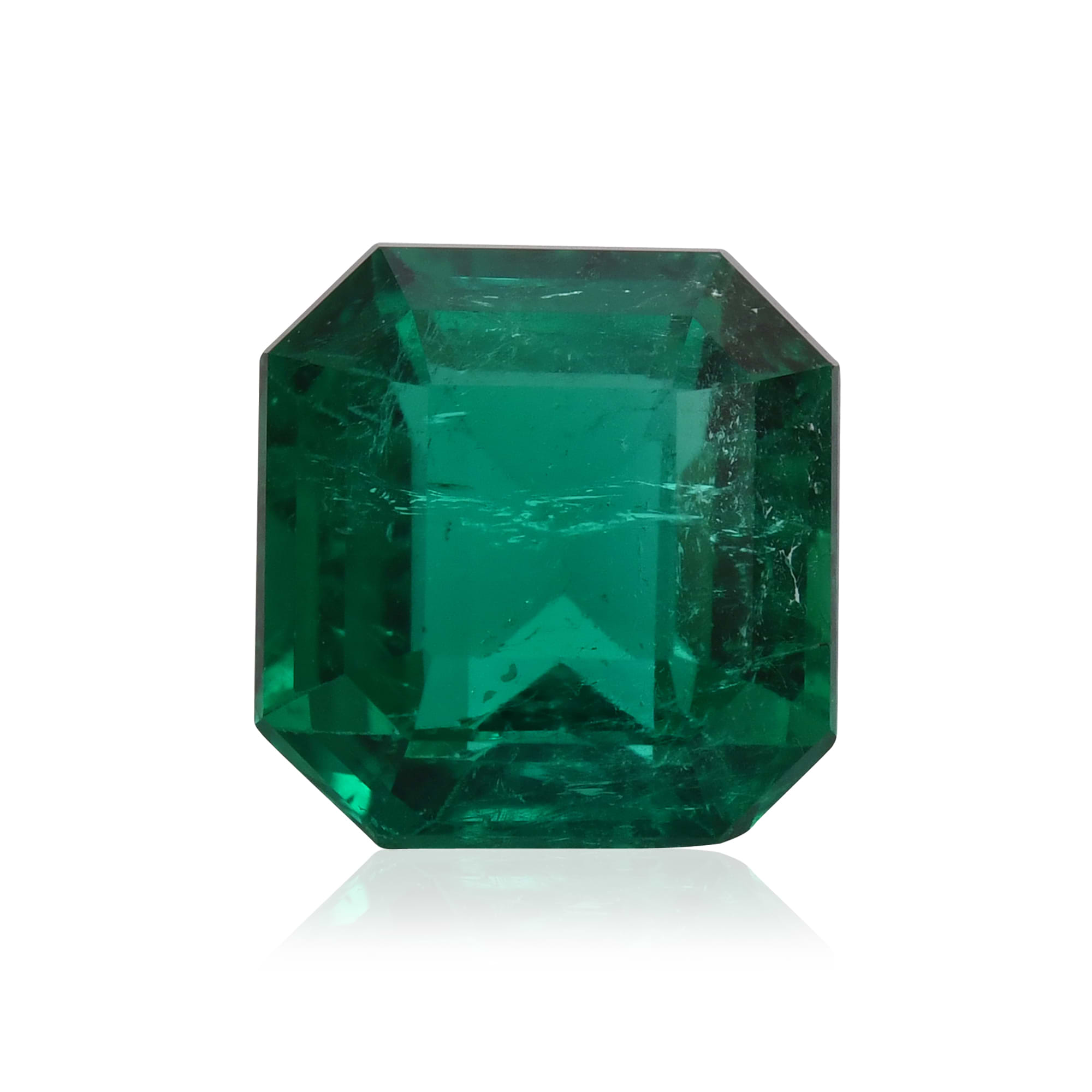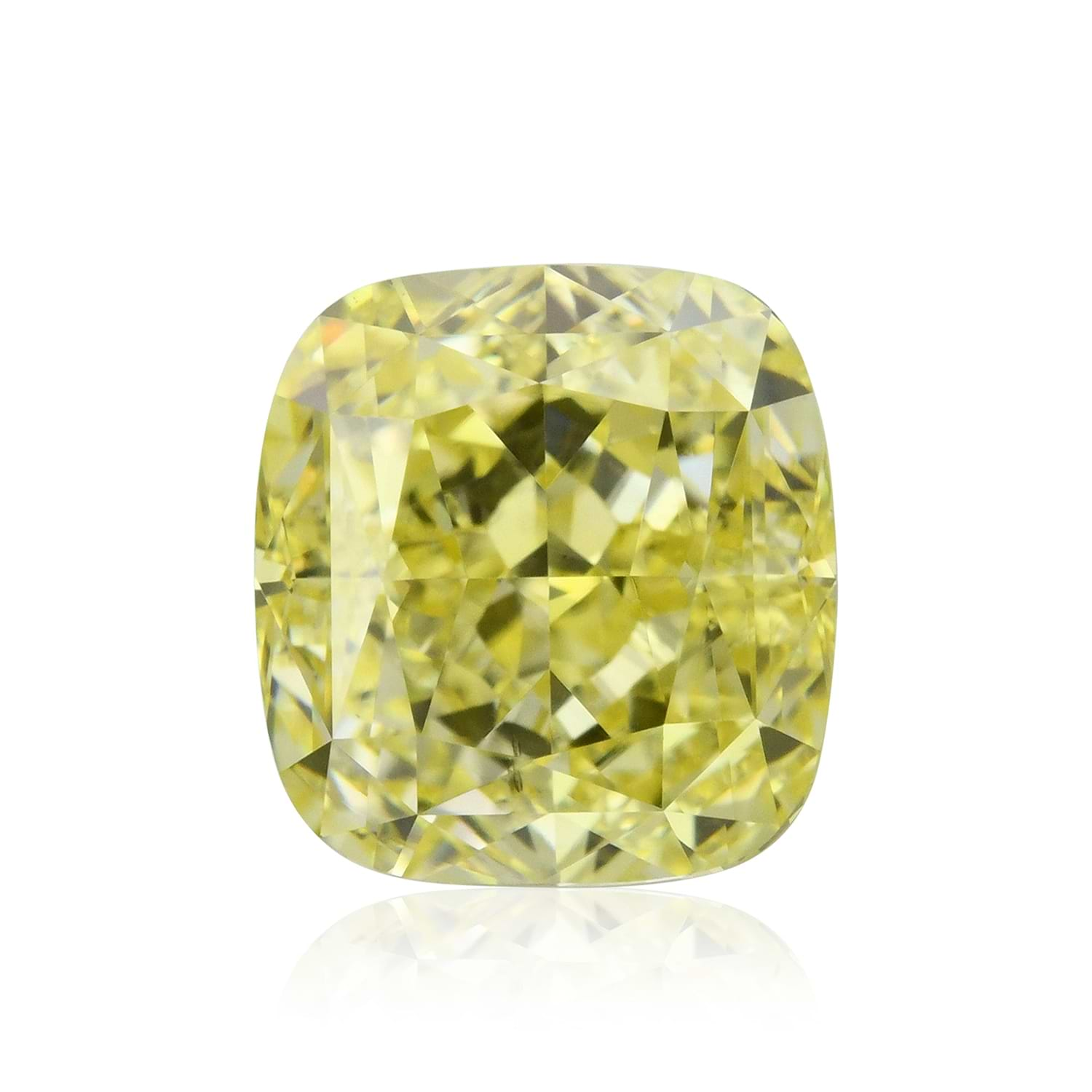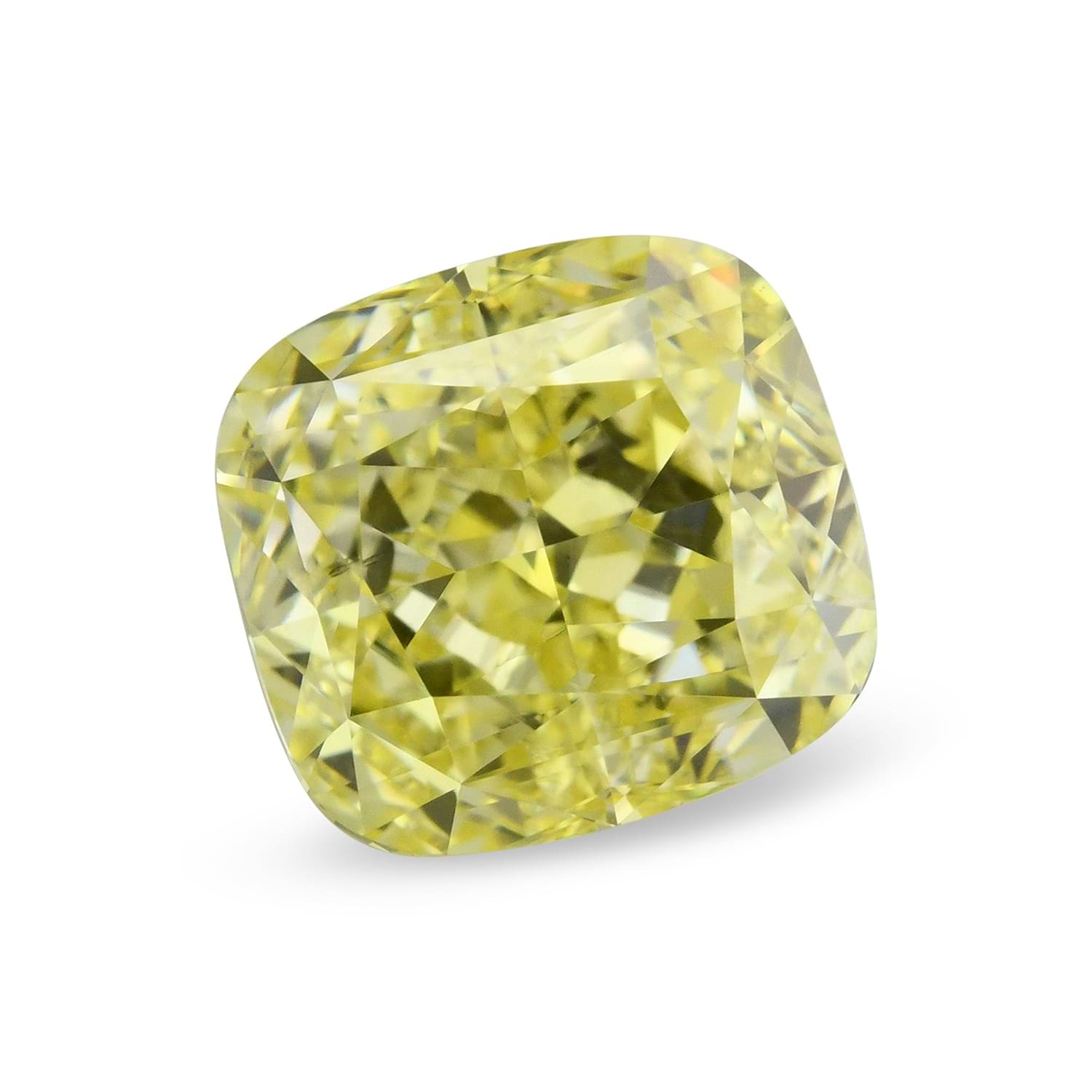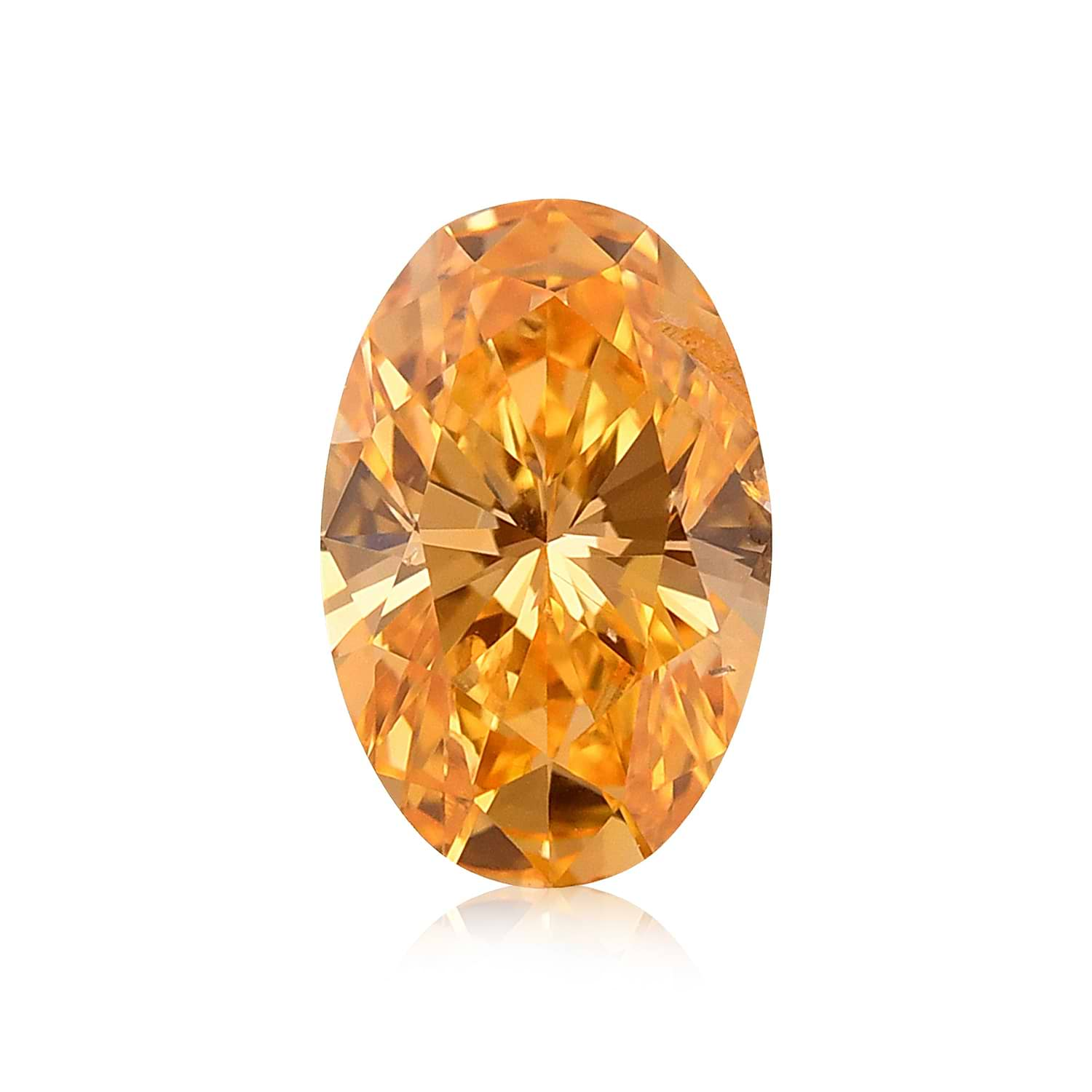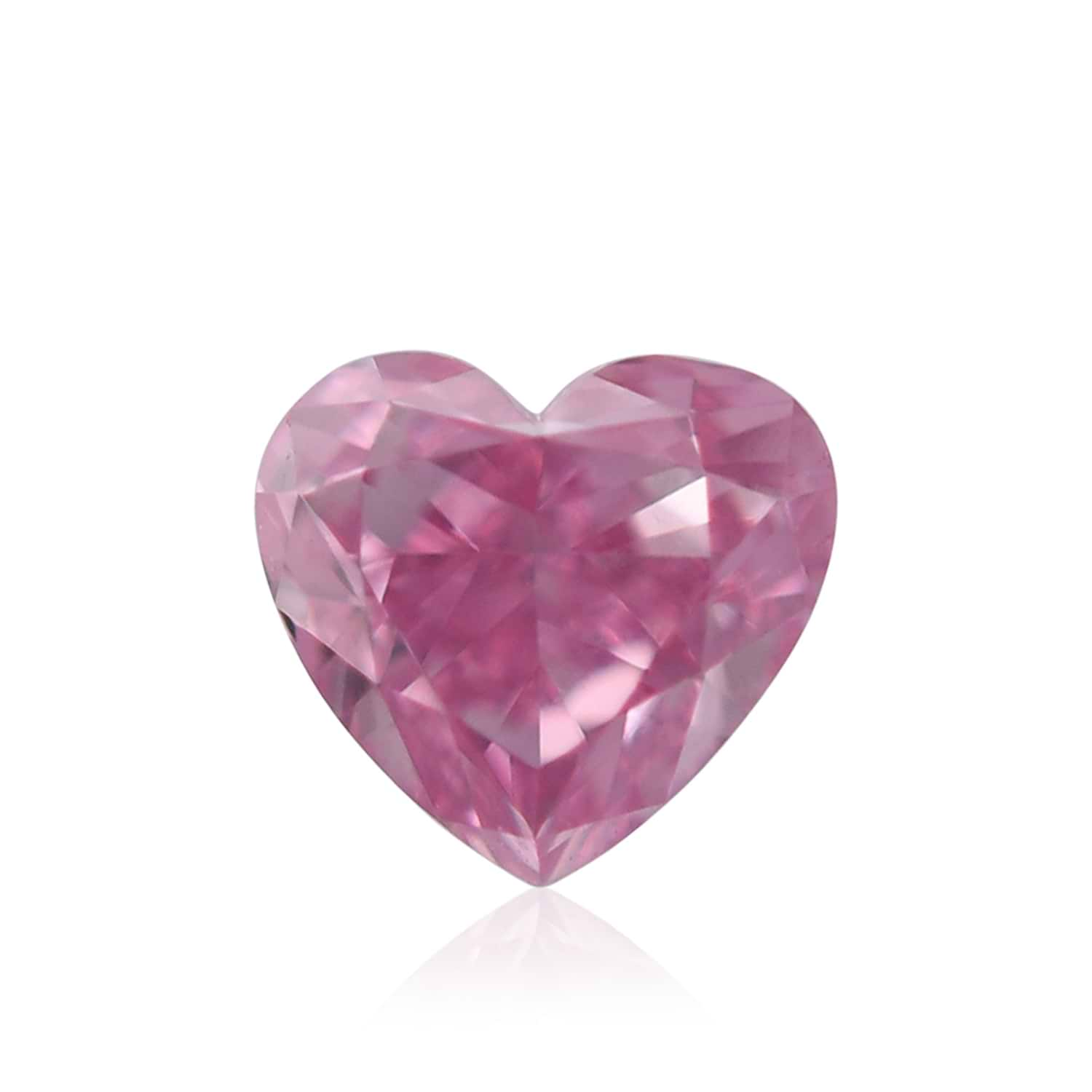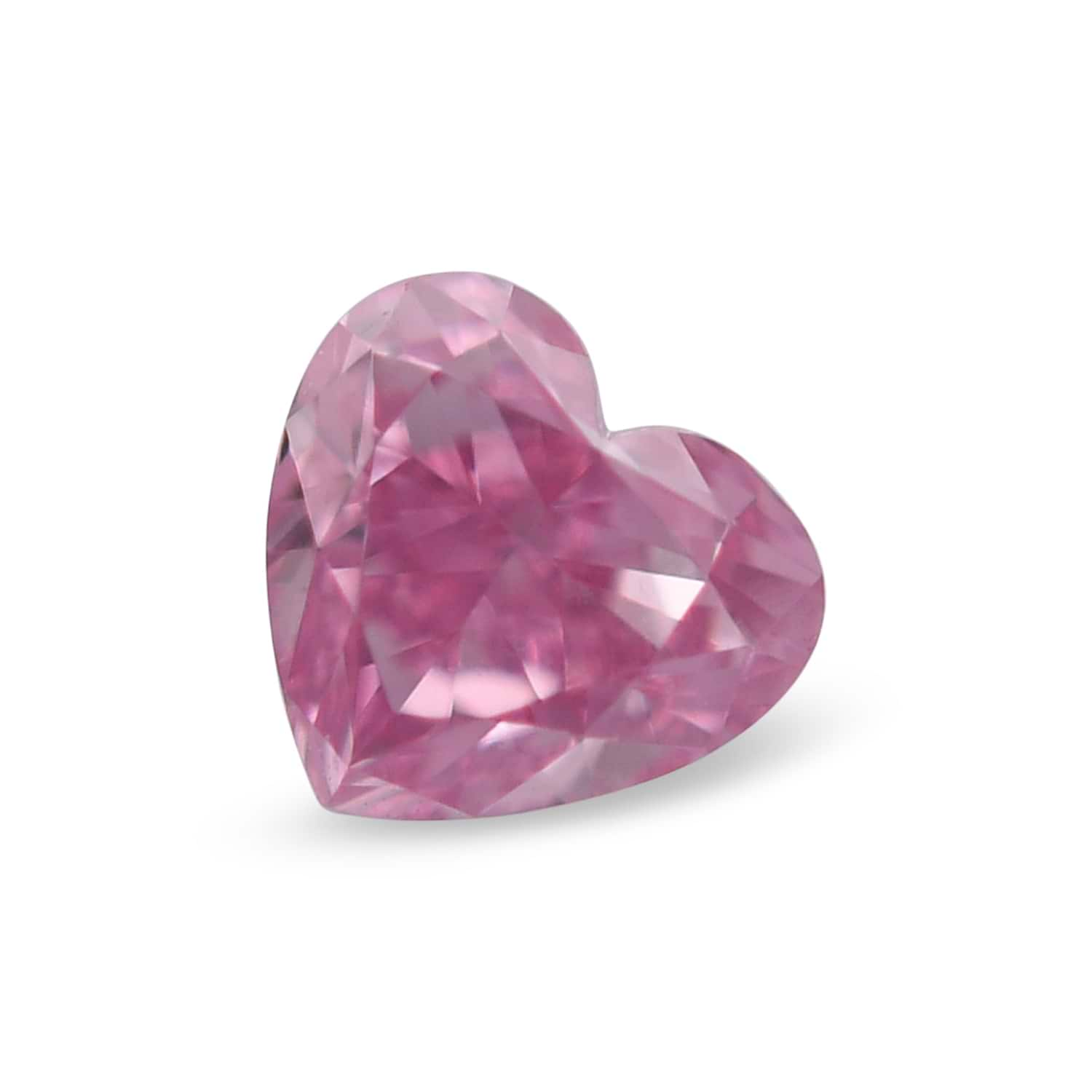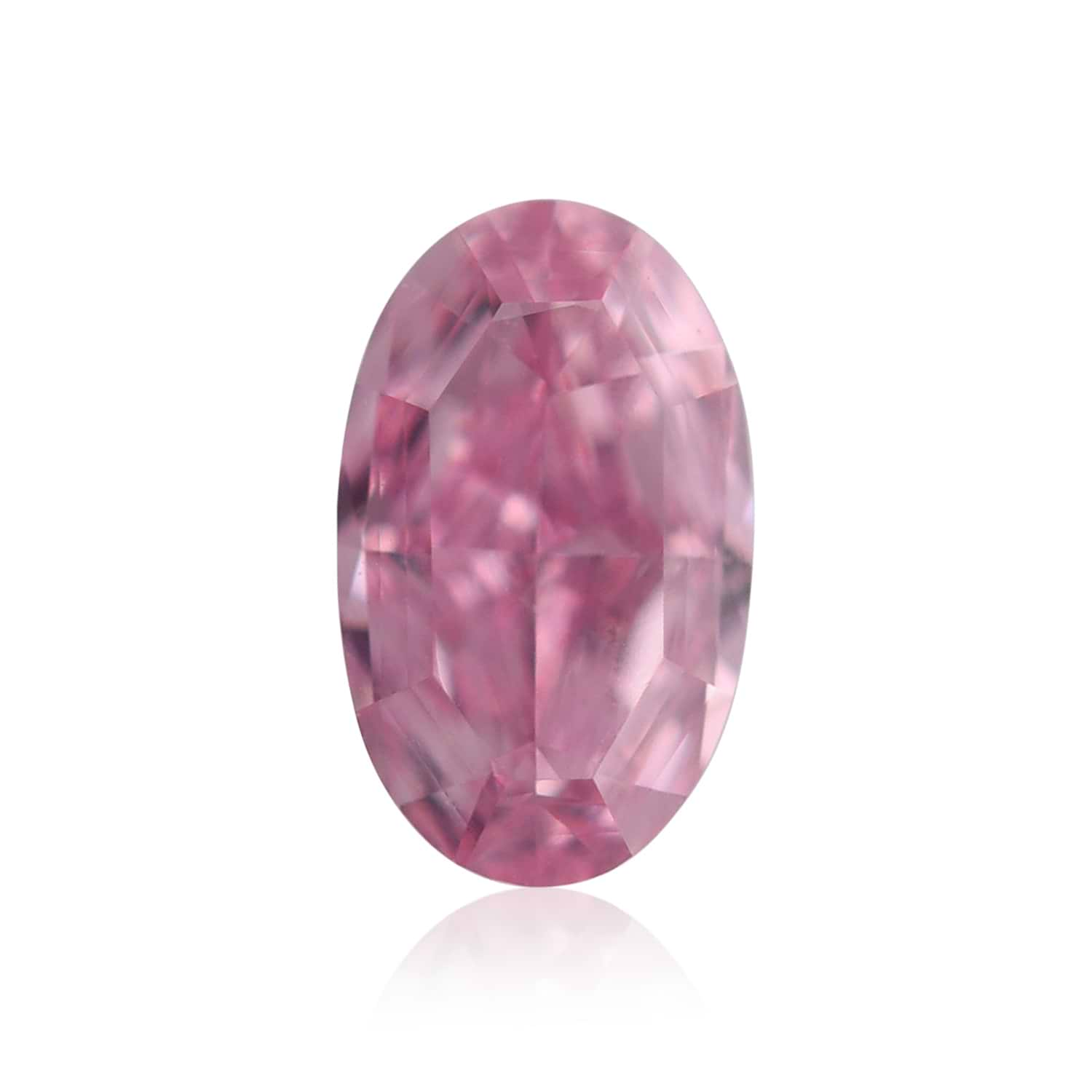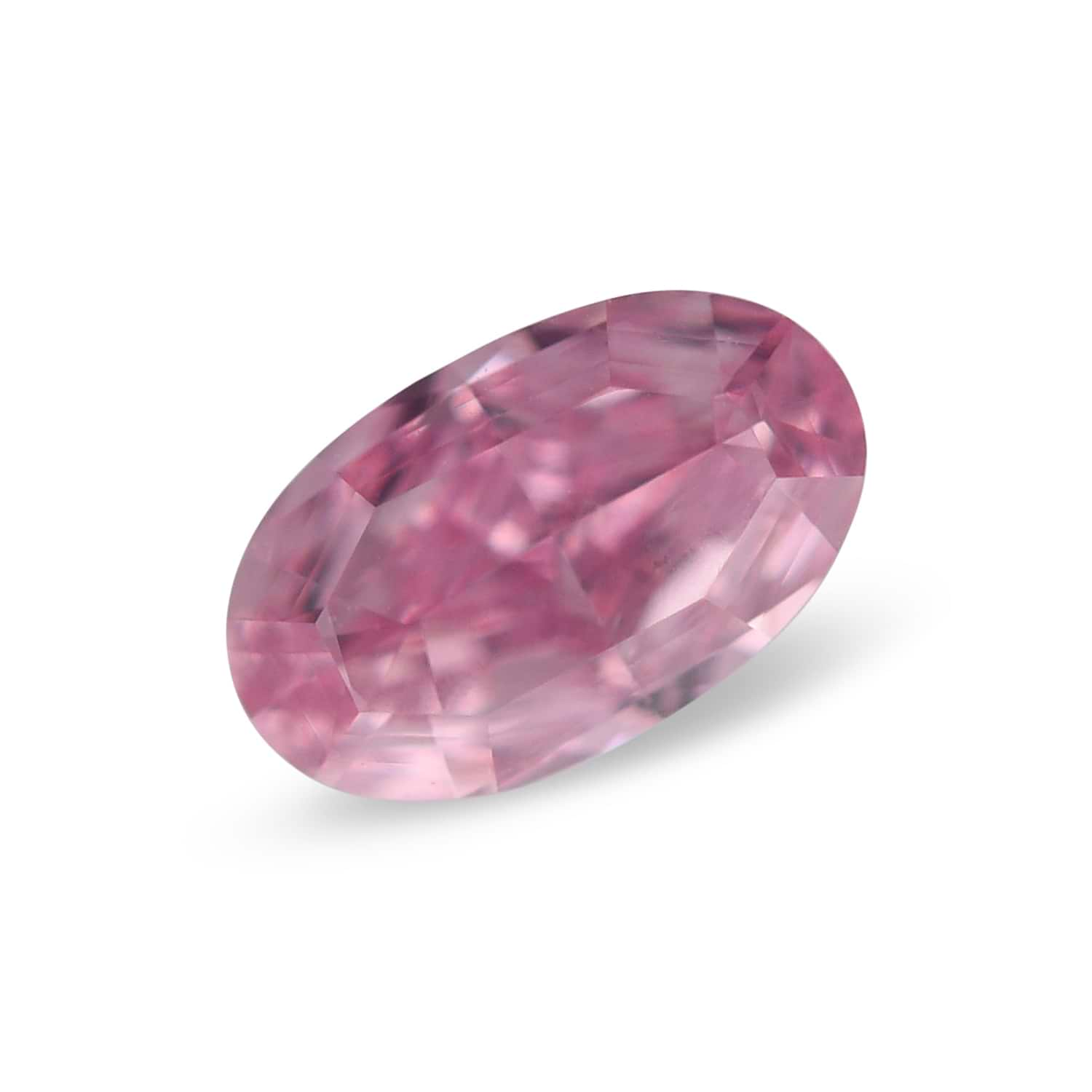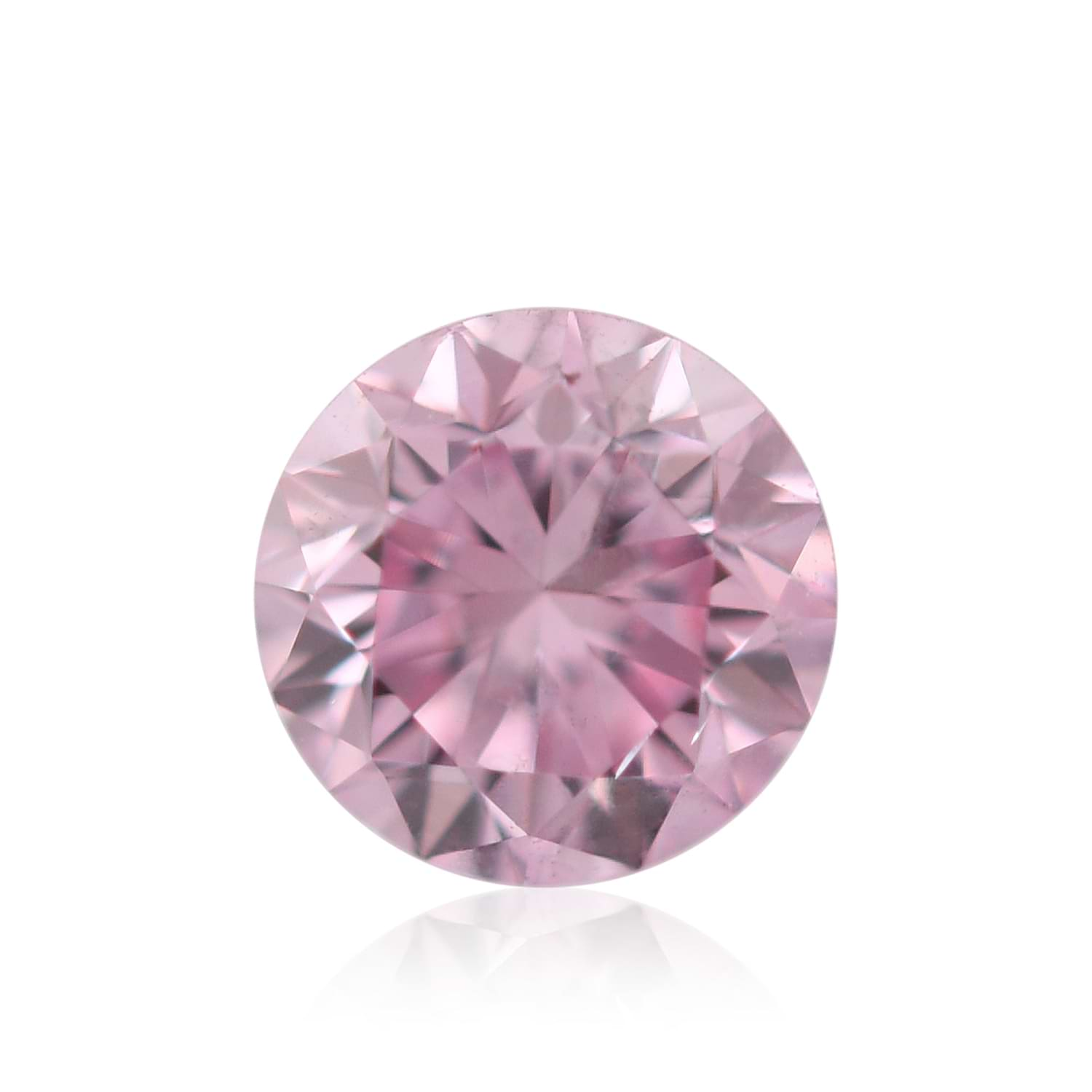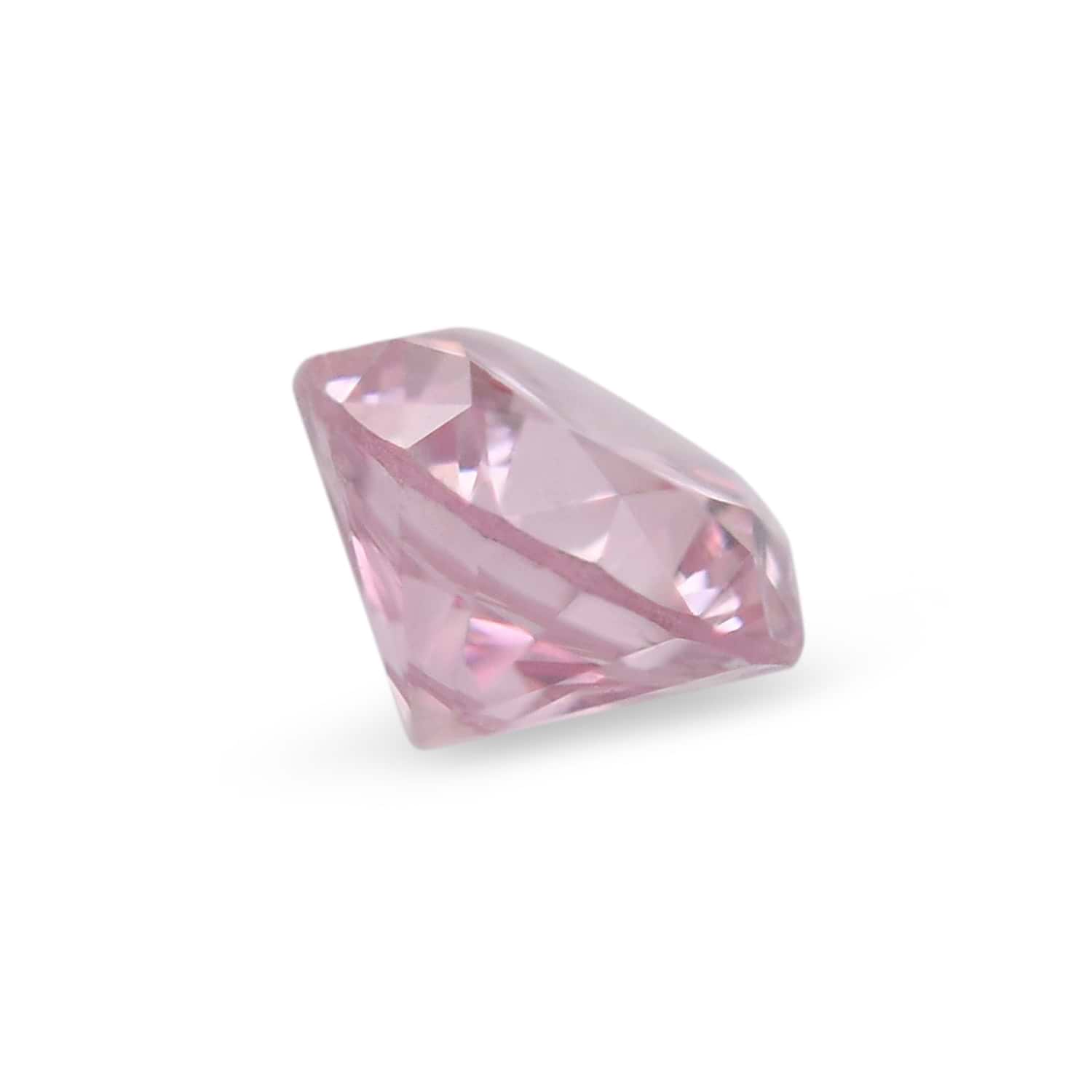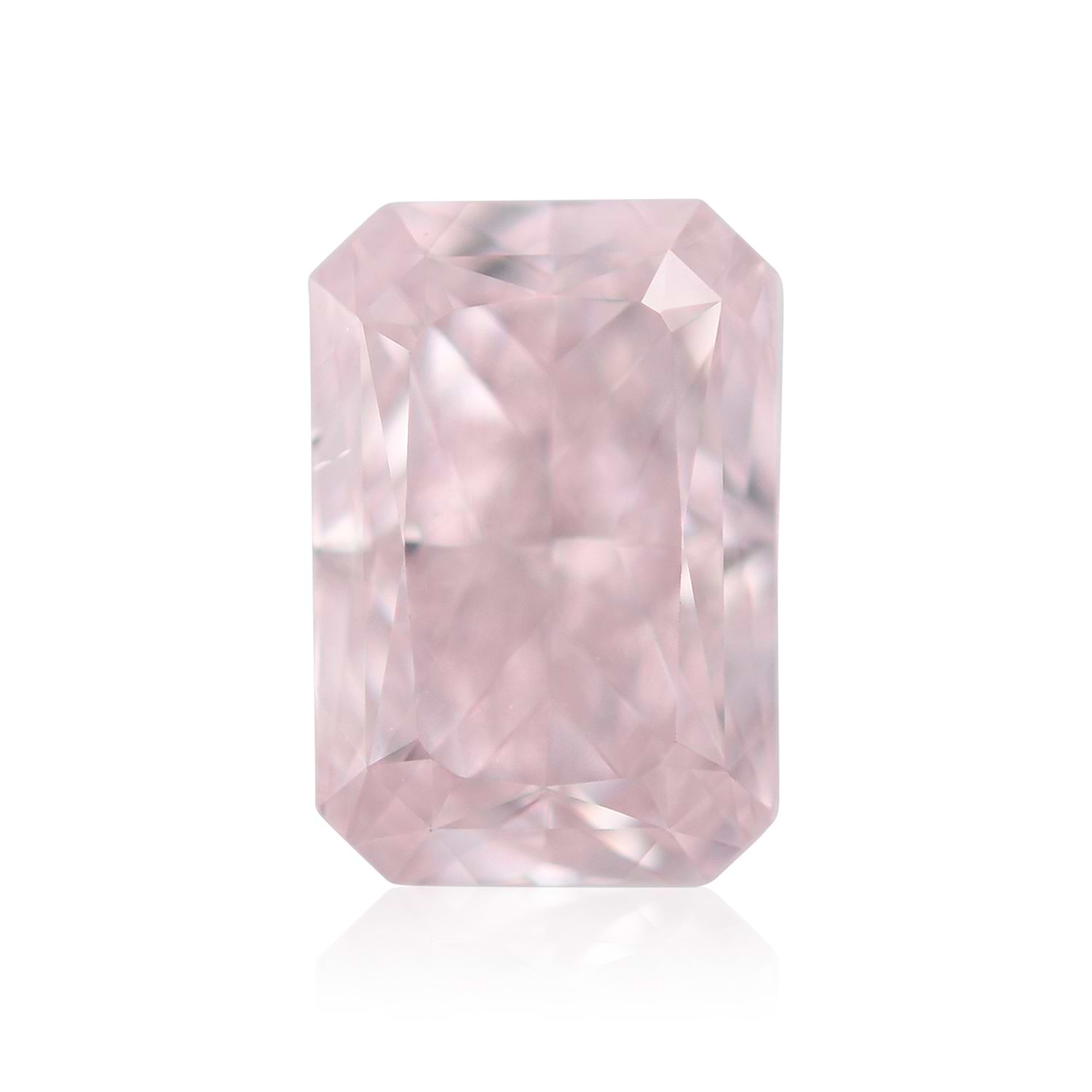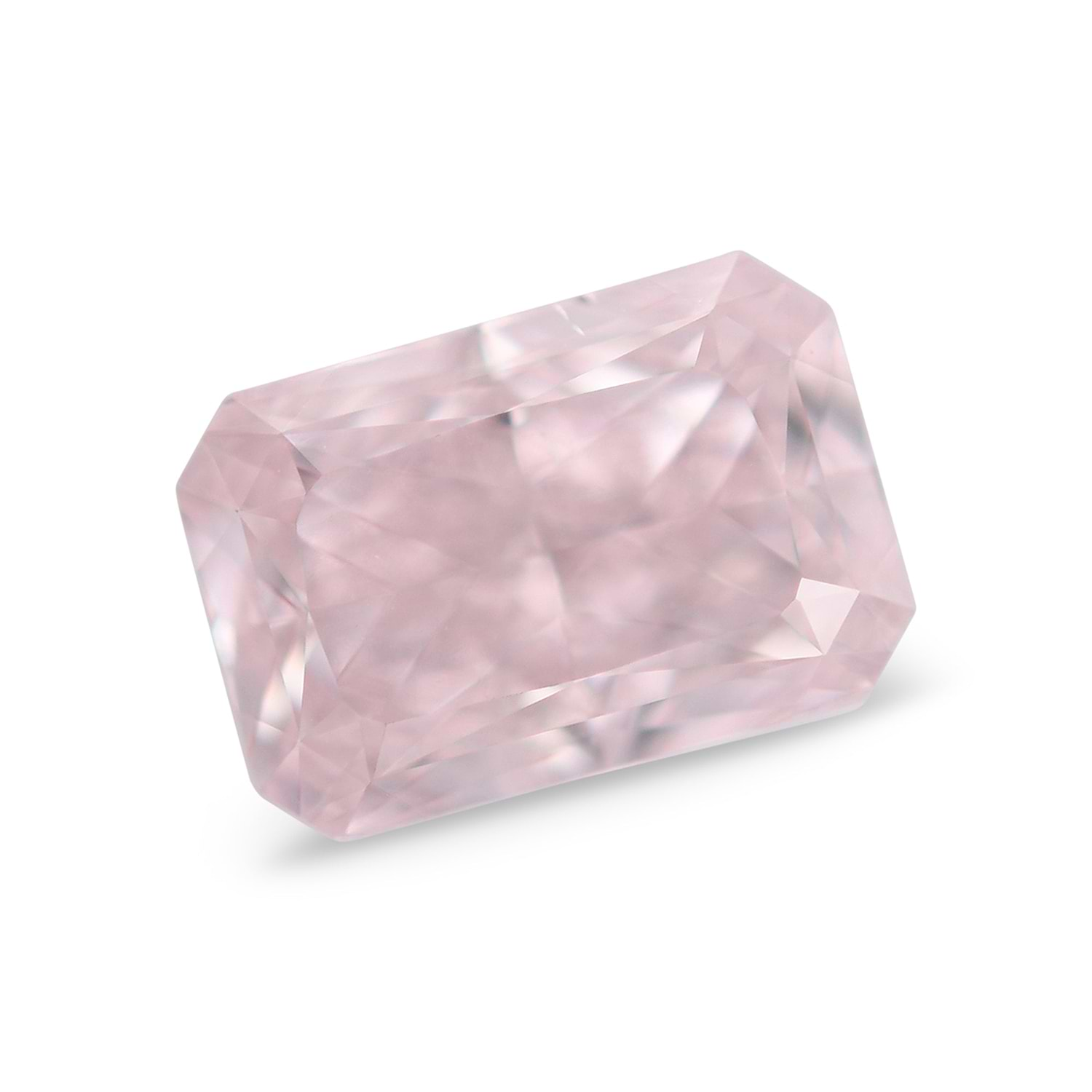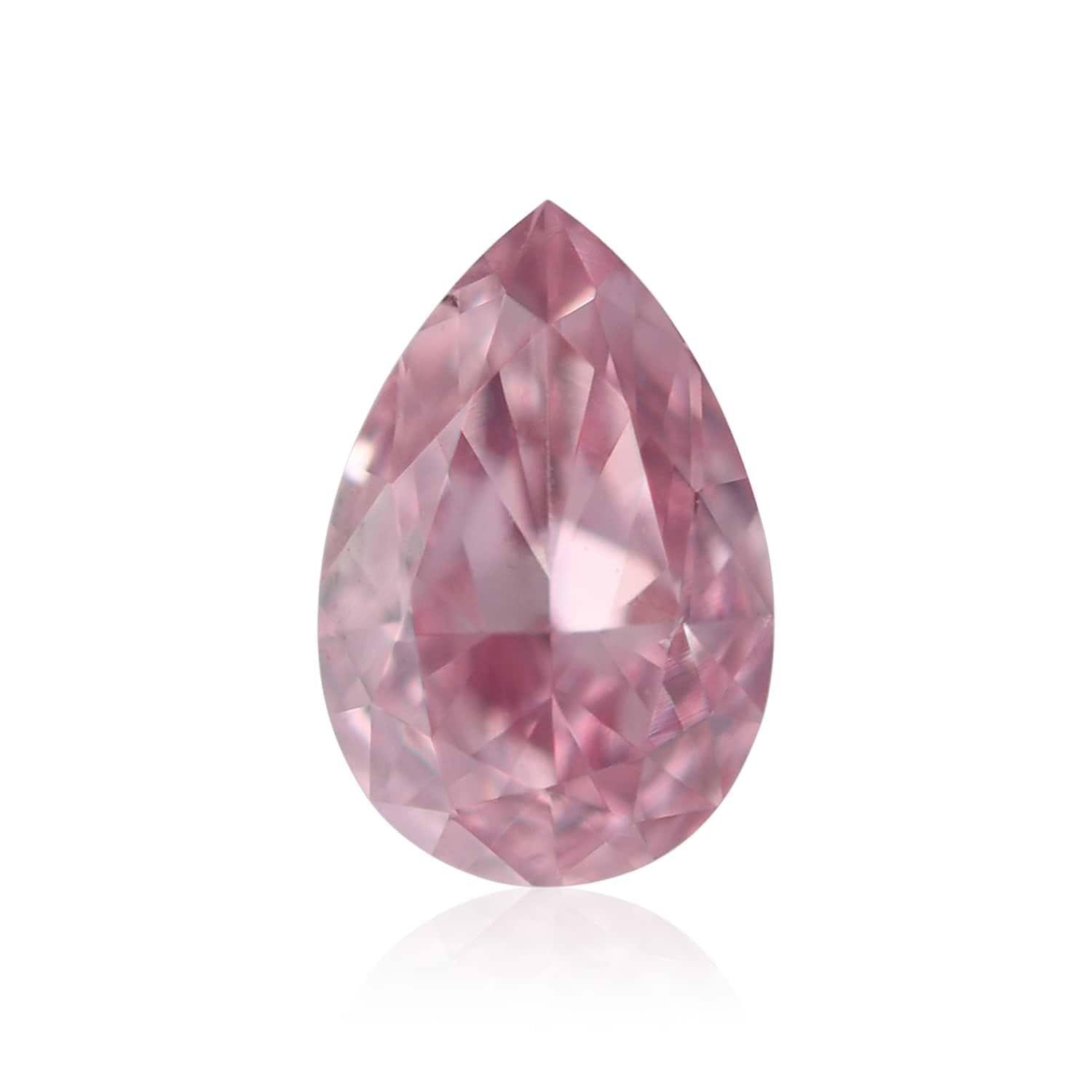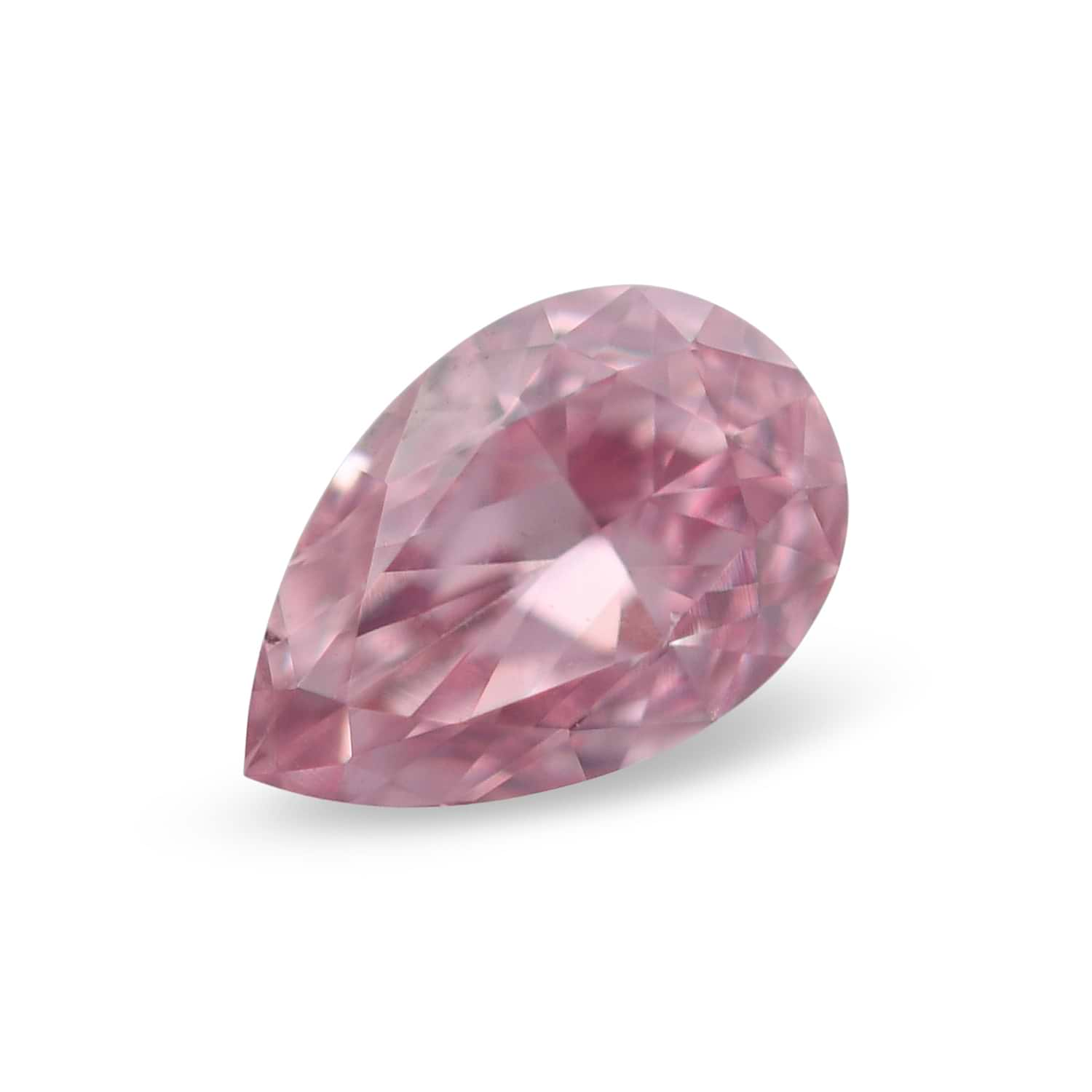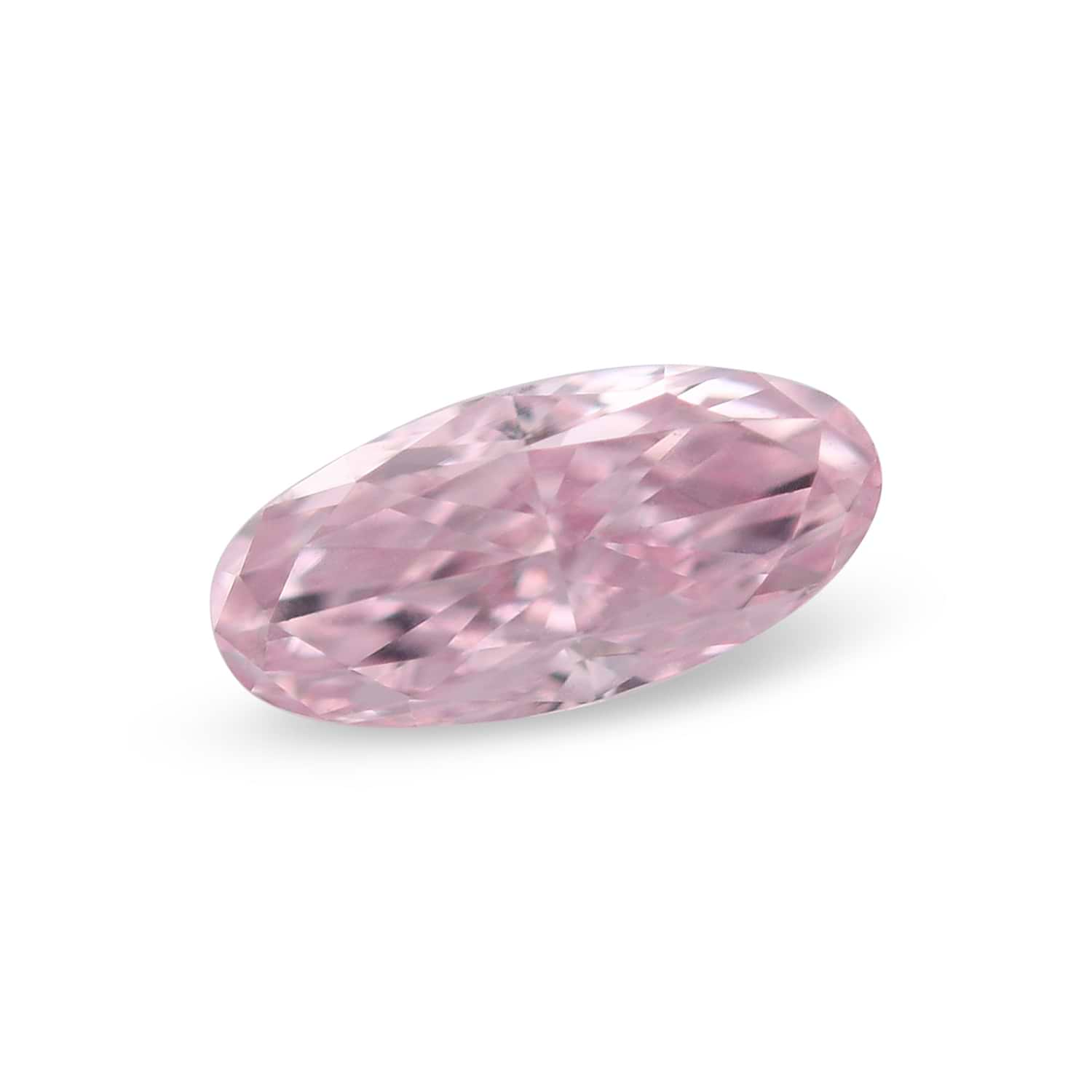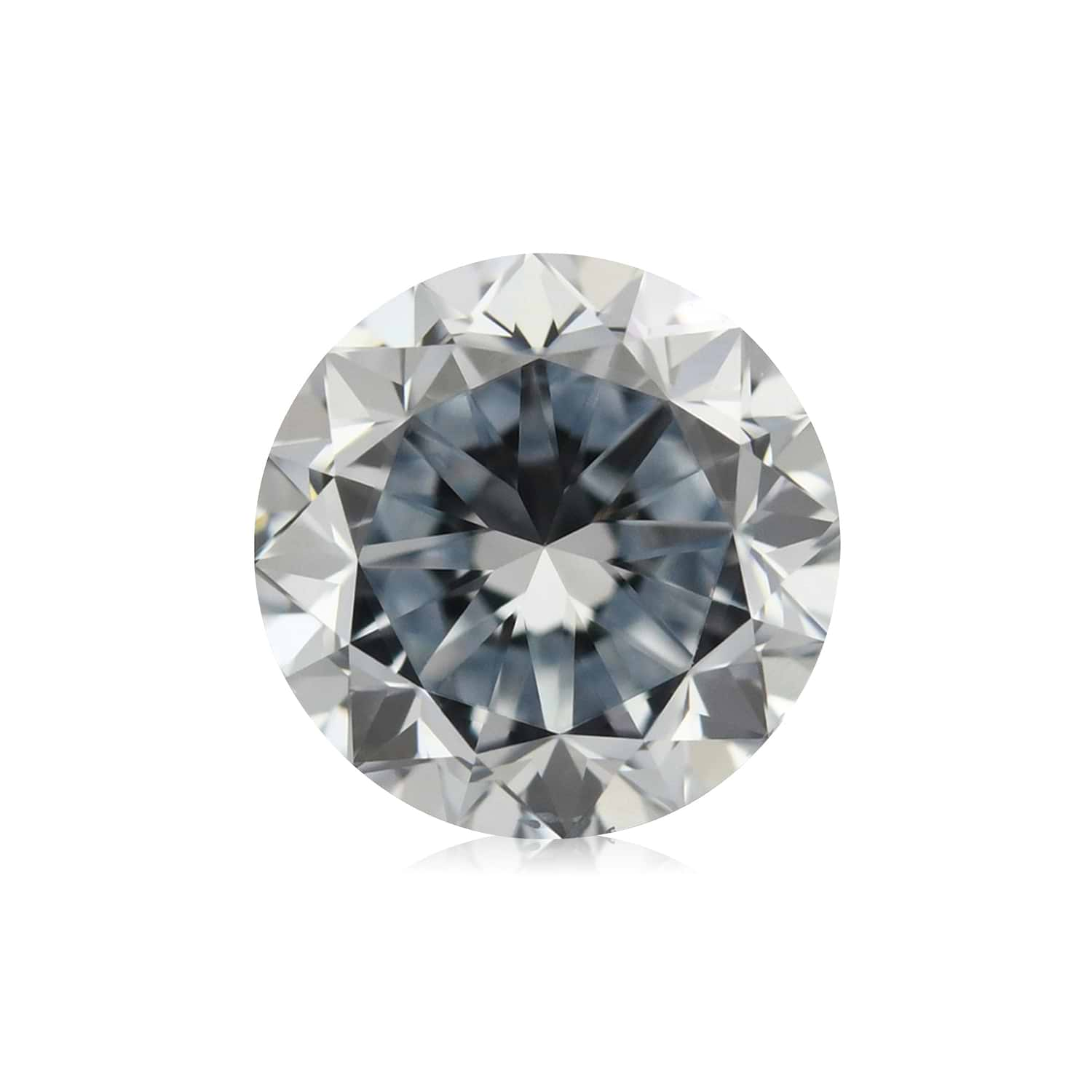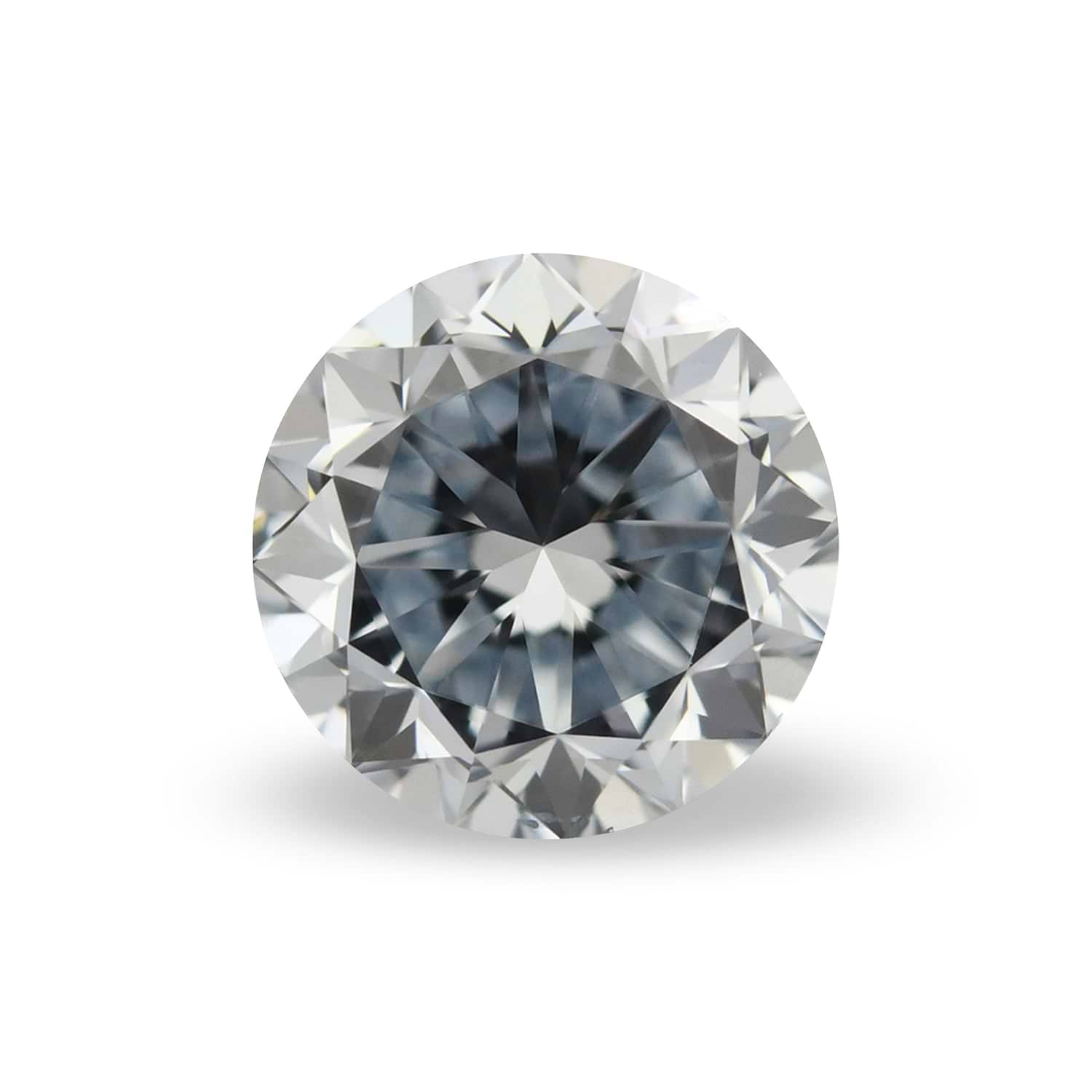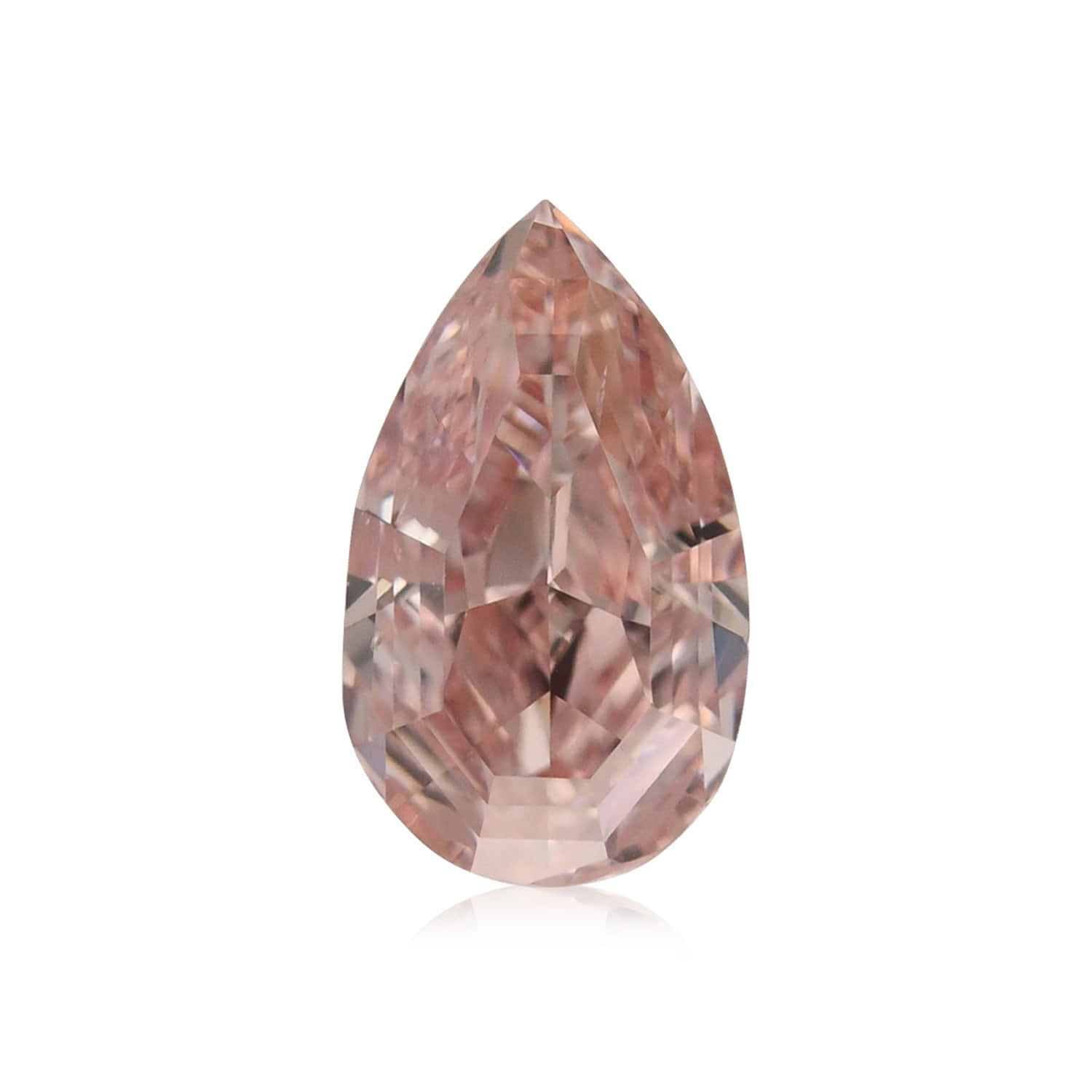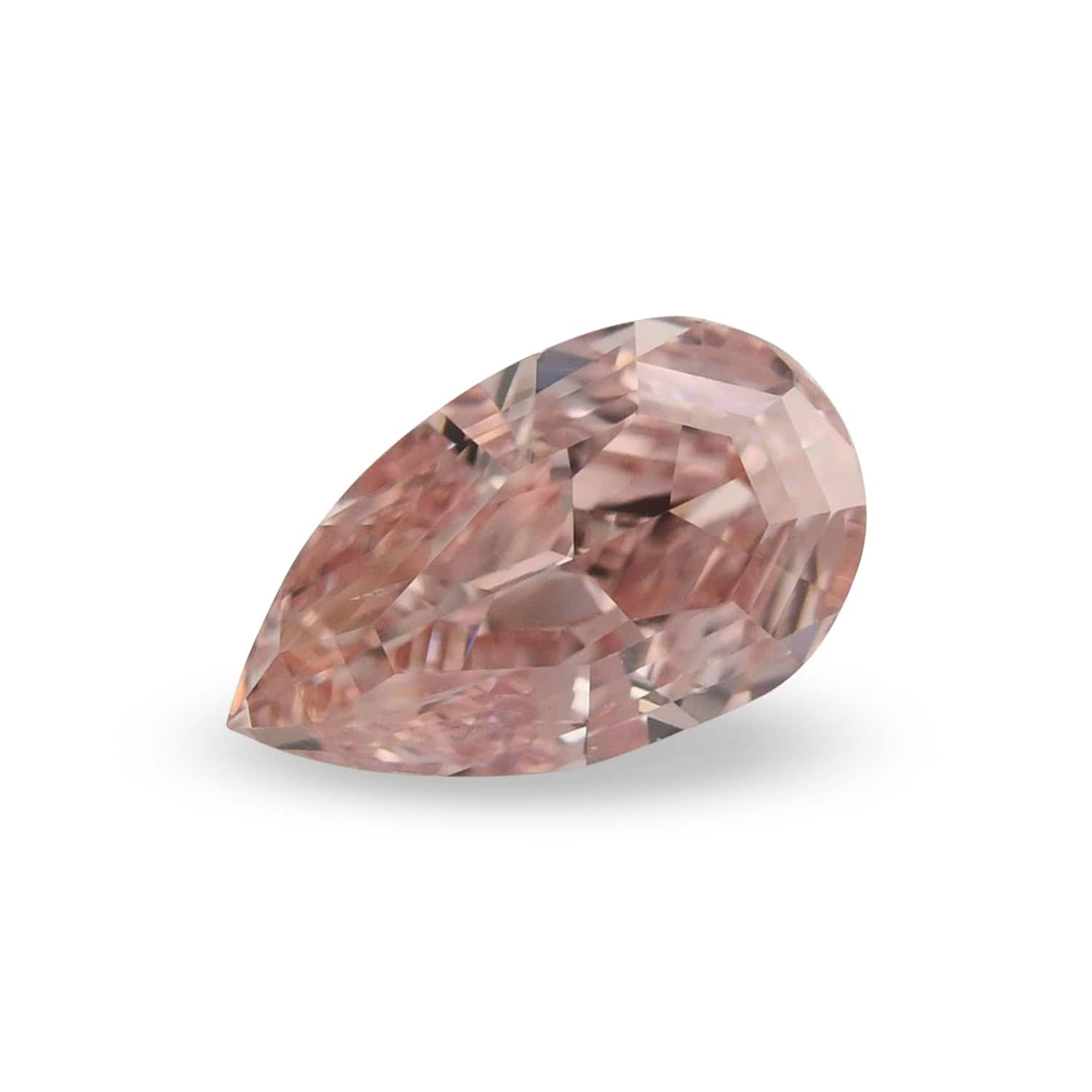Like any other industry, the diamond world is a world of its own and, therefore, requires a certain amount of knowledge in order to make one’s way around the various vendors, dealers, and jewelers without getting completely lost. Some, but not all, individuals who venture into the diamond world are aware of the famous 4Cs: cut, clarity, color, and carat. However, though this concept is crucial for understanding diamonds, it is far from being the only term one should become acquainted with. We have, therefore, compiled a collection of diamond terms and terminology that will help you navigate yourself as you search for the perfect diamond. Take a look at this little diamond glossary and take note, as these words can assist you greatly now and in the future.
Yellow diamonds within the field of rocks
A:
Abrasion
An abrasion is a type of flaw seen in diamonds and gemstones. It is ultimately a scratch on the surface of the stone. In diamonds, this scratch appears to be white and is caused by contact with other diamonds. In gemstones, it is caused by contact with other materials.
Anatomy
The anatomy of a diamond refers to its structural components, which collectively define its shape, brilliance, and overall appeal. The main parts include the Crown, Girdle, Pavilion, and Culet.
B:
Baguette
A baguette is a rectangular-shape that a diamond can be cut into using the step cut.
Blemish
A blemish is another term referring to the flaws included in a stone, similar to scratches, nicks, and natural defects. These generally appear on the exterior of the stone and can affect the finish of a stone.
Brilliance
Brilliance refers to the unique display of light reflected from a diamond. It is determined based on the overall level of a diamonds’ light return.
LEIBISH 10.21 carat, Fancy Yellow Diamond, Cushion Shape, IF Clarity, GIA
Brilliant Cut
The brilliant cut is a cutting style used mainly for diamonds but also for other gemstones. It is the most common cutting technique for diamonds. Through this method the diamond is able to reach the highest level of brilliance possible, hence the name. This cut uses a combination of facet shapes including kite-shaped, octagonal, and triangular.
Bearding
Bearding refers to tiny fractures or hairline cracks that can appear on the girdle of a diamond during the cutting process. These fine lines, also known as "bearded girdle," may extend slightly into the diamond and can affect its appearance if extensive.
C:
Carat Weight
The carat weight refers to the measurement used to weigh a diamond. A carat weight of a diamond is of great importance. The price of a diamond depends greatly on its carat weight.
Cavity
A cavity, like its name implies, refers to an isolated break in a diamond’s surface.
Chip
A chip refers to a shallow surface break on a diamond or gemstone.
Clarity Grade
A clarity grade refers to how clean the stone is of defects. Clarity is one of the 4Cs, along with cut, color, and carat. This particular grade looks at the purity of the stone and takes into account any and all blemishes. It ranges from FL (Flawless) to I (Included). Read more about diamond clarity.
Crown
A crown refers to a part of a faceted diamond or colored gemstone above the girdle.
Culet
A culet is the small facet on the tip of a diamond or gemstone that comes in place of the sharp point that would normally be at the tip of the pavilion. Some diamonds do not have a culet at all while others can have an extremely large culet, which is basically an extended, flat surface.
D:
Diamond
A diamond is a mineral that has crystalized in the cubic system and ranks 10 on the Mohs scale of hardness. Diamonds are divided into two main categories: Type I and Type II.
Durability
The durability of a diamond or gemstone refers to a combination of things. This includes the hardness, stability, and toughness of the stone. It is ultimately the best way to determine how a stone will respond to intense wear.
E:
Emerald-Cut
Emerald cut is a specific cut, used often for emeralds, but for other stones including diamonds as well. It is a rectangular shape with cut corners. It incorporates triangular and trapezoidal facets.
Emeralds
Not to be confused with emerald cut diamonds, emeralds are their own unique type of gemstone.
Eye Clean
Will not be able to determine inclusions or diamond imperfections with your naked eye.
EX-EX-EX
This term refers to the cut of the diamond when it is graded with an excellent cut, and excellent polish, and and excellent symmetry.
F:
Facet
A facet is a small flat surface that is polished on a diamond or gemstone.
Fancy Color
Most diamonds are colorless (void of color.) Fancy Color refers to diamonds that display a unique color which is created by the compound elements of the stone. Fancy Color diamonds are all diamonds of color.
LEIBISH 0.84 carat, Fancy Pink Diamonds, 6PR, Pear Shape, SI2 Clarity
Fancy Cut
Although the round cut is the most popular shape for diamonds and some gemstones, and is on the more expensive side compared to other shapes, all shapes other than round are considered Fancy Cuts.
Feather
A feather is a type of fracture in a diamond or colored gemstone that breaks the surface. It is one of the many types of inclusions that will affect the clarity grade of a stone.
Fire
Fire is the appearance of a rainbow or some color in a diamond or colored gemstone. This phenomenon is caused by the dispersion of color and light in the stone.
Fisheye
The term Fisheye, is used to refer to stones that have a black dot in the center due to the reflection of light between the facets.
FL (Flawless) Grade
This is the ultimate clarity grade, meaning it is void of any imperfections. Very few stones receive this grade and those that do are priced accordingly.
Fluorescence
This is a phenomenon that some diamonds, colored gemstones, and pearls display as a result of being exposed to higher energy wavelengths. Visible light is showcased from the stone. Some diamonds do not have any fluorescence at all while others emit strong fluorescence.
Fracture Filling
Fracture filling is a type of treatment a stone can receive in order to enhance it. Fractures are synthetically filled thus perfecting the stone.
G:
Gemstone
A gemstone can be a rock, mineral, or other organic or inorganic material that is cut and polished for jewelry.
Girdle
A girdle is the narrow band encompassing a polished or faceted diamond or gemstone. It essentially separates the crown (upper section of a polished stone) from the pavilion (the lower section).
Gletz
This is just another term used for an inclusion within the stone.
Grading Report
A grading report is an official document issued by a gemological laboratory, such as GIA. It provides an in-depth assessment of a diamond's key characteristics, including: Carat weight, Cut, Color, and Clarity and additional details like fluorescence, symmetry, and polish. A grading report is essential for verifying a diamond's authenticity and quality.
H:
Hardness
The hardness of a stone is its ability to resist scratching.
Heart Cut
The heart cut is a pear shape with a crevice in the middle of the rounded edge. It is the shape of a heart, hence the name.
LEIBISH 2.01ct Fancy Light Gray Diamond
Hue
A stone’s hue is its primary color impression, which is red, green, or blue.
H&A (Hearts & Arrows)
It describes the visual patterns seen in diamonds with exceptional symmetry, typically in ideal-cut round brilliants. When viewed from the pavilion side, a pattern of hearts appears, and from the crown side, arrows are visible. These patterns are a hallmark of superior craftsmanship and precision cutting, enhancing the diamond’s brilliance and fire.
I:
I (Included) Grade
This is the lowest clarity grade. Stones with this grade have inclusions that are visible to the eye.
IF (Internally Flawless) Grade
This is one of the highest clarity grades.
Inclusion
An inclusion is an internal flaw. This can be a cavity, a crystal, a feather, internal graining, pinpoint, and so forth.
K:
Kimberley Process
This is a certification system that was implemented in order to prevent and discourage the flow of conflict diamonds and gemstones.
Knot
This inclusion can be found in diamonds. It’s an included crystal that has broken to the surface.
L:
Lab-Grown Diamond
Lab-grown diamonds are not natural diamonds. They are synthetic diamonds that have been grown in a lab in a process similar to the natural processes that genuine diamonds have undergone over millions (even billions) of years.
Leakage
This phenomenon can occur in diamonds and colored gemstones. It is when the light that enters the stone fails to reflect back through the crown and is instead dispersed through the pavilion.
Loupe
A diamond loupe is a special lens used to magnify 10x what the human eye is able to see.
LEIBISH Natural Orange Diamond in Loupe
Louping
A phrase used when someone insepcts a diamond through a diamond loupe.
Laser Drilling
A diamond treatment technique that uses laser technology to remove or minimize visible inclusions and blemishes. This process involves creating a tiny tunnel with a laser to access and treat inclusions, often by bleaching them.
M:
Marquise-Cut
A diamond or colored gemstone with an elliptical shape and pointed ends.
Mazal
The term used when a deal between two people from the diamond trade is agreed upon.
Melee
This term refers to faceted diamonds or colored gemstones that are smaller than 0.12 carats.
Mixed Cut
The mixed cut is a combination of the two most popular cutting methods: brilliant cut and step cut.
Mohs Scale
The Mohs scale is used to determine the hardness of a stone. It was created by comparing stones with one another thus placing them in a hierarchy of hardness. Diamonds rank the highest at 10.
Mounting
The mounting is the part of a setting in which a stone is set.
N:
Naked Eye
Inspecting a stone with one's eye as opposed to using some sort of a loupe.
Naturals
Naturals are a portion of the rough diamond left behind by the cutter. They are usually located near the girdle.
Needle
A needle is a thin inclusion found within a diamond or colored gemstone. It is one of several possible inclusions.
Nick
A nick is a minor chip, a surface break.
O:
Opaque
A characteristic of a diamond or colored gemstone that makes it neither transparent nor translucent. This means it does not transmit light.
Oval Cut
A diamond or colored gemstone with an oval shape.
LEIBISH 11.79 carat, Violet, Tanzanite, Oval Shape
P:
Pavilion
The bottom section of a polished diamond or colored gemstone, below the girdle of the stone.
Pear Cut
Pear cut, or teardrop as it is also known, is one of the Fancy Cuts for diamonds and colored gemstones, and is rather popular after the round brilliant and princess cuts of course. Round at one edge and pointed at the other, it resembles a pear or a teardrop.
Pit
A pit is a minuscule indentation that can appear on the surface of a diamond.
Piqu’e
This is another term used to describe an inclusion which will affect the clarity grade of a stone.
Point
Diamonds are measured in carats. There are 100 points in each carat. A 0.50-carat diamond is equivalent to 50 points.
Price Per Carat
One of the main characteristics by which a diamond's price is determined is by the carat weight. However, because the bigger stones are more difficult to come by, the price isn't simply doubled as the carat weight increases. Meaning, a two carat diamond is not two times the price of a one carat stone, and a six carat diamond is definitely not double the price of a three carat stone. Therefore, within the trade, people will often ask or quote the price per carat of any specific stone.
Princess Cut
The princess cut is the second most popular cut for colorless diamonds. It can be either square or rectangular with pointed edges.
Proportions
Proportions refer to the relationship between the various measurements of a diamond. The size of the table compared to the girdle, pavilion, crown, depth, and culet of the diamond.
R:
Radiance
The radiance of a diamond is the amount of light that is refracted and reflected in a diamond. It is also referred to as sparkle.
Rough
A rough diamond is a diamond that has yet to be cut or polished.
Round Cut
The round cut, or round brilliant as it is also called, is the most popular colorless diamond shape. It is a diamond that is cut into a circular shape using the brilliant cut. LEIBISH 5.25 carat, Fancy Orange Brown Diamond, Round Shape, VS2 Clarity, GIA
S:
Saturation
The level at which color is seen.
Scintillation
Scintillation refers to the mirror-like reflections that can be reflected off a diamond’s facets as it is turned in the light.
Scratch
A long, white, shallow mark on the surface of a diamond can be referred to as a scratch.
Solitaire
A jewelry setting containing a single stone.
Step Cut
A style of cutting that utilizes straight facets that run parallel to the girdle. The facets decrease in size as they move further from the girdle, thus resembling steps.
Spread
Spread refers to the perceived size of a diamond when viewed face-up, which is influenced by its proportions and cut.
T:
Table
The table is the top, flat, horizontal facet that appears on polished and faceted diamonds and colored gemstones.
Tone
Tone refers to how light or dark a color appears.
Toughness
Toughness describes a stone’s ability to resist breakage.
Transparency
The amount of light that is transmitted through a diamond or colored gemstone.
Treatment
Various processes and materials used to enhance a diamond or stone’s appearance.
Triangle Cut
A triangle-cut diamond is one with three sides, which resembles a triangle.
Triple Ex
This term refers to a diamond that is cut with a perfect cut grade. When the symmetry, polish, and cut are all graded as an 'excellent cut.'
U:
Ultraviolet Light
Ultraviolet light is light that is not visible to the naked eye because its wavelengths are shorter than wavelengths of visible light.
V:
Variety
A variety is a subcategory, and often refers to various subcategories of minerals. For instance, rubies are a variety of the mineral corundum.
VS (Very Slightly Included) Grade
The VS clarity grade is one of the more common grades of diamonds that the general public acquires.
VVS (Very Very Slightly Included) Grade
The VVS clarity grade is one level between IF and VS. Inclusions within a stone graded with a VVS clarity usually cannot be determined without a microscope.
LEIBISH Argyle Diamonds
W:
Wisp
A wisp is a hair-shaped feature that can appear on a diamond. It can appear on its own or in a cloud-like shape.
X:
X-ray Fluorescence
This is the procedure in which diamonds, colored gemstones, and pearls can emit energy when exposed to a high-energy incident. This is done through secondary x-rays and indicates the chemical properties of these stones.
Understanding diamond terms and terminology is essential for anyone looking to appreciate, purchase, or evaluate these timeless gems. Each term reveals something unique about the craftsmanship and quality of the stone. By familiarizing yourself with these terms, you’ll be better equipped to choose a diamond that meets your aesthetic preferences, quality expectations, and investment goals. After all, each diamond carries its own story, shaped by both nature and artistry.
































